Overview
The ACS712 Hall Effect Current Sensor Module (5A) is a compact, reliable module for measuring both AC and DC currents up to ±5A. Built around the ACS712 Hall effect IC, it provides an analog voltage output proportional to current, making it easy to integrate with microcontrollers such as Arduino, ESP32, STM32, and Raspberry Pi.
How it Works
The sensor uses the Hall effect to measure magnetic field generated by current flow in the conductor. The module provides galvanic isolation between the measured circuit and the control electronics, ensuring safety and reducing noise coupling.
- Output sensitivity: 185 mV per Ampere
- Zero-current output: VCC / 2 (typically 2.5V at 5V supply)
- Analog voltage output that can be read by an ADC
Key Features
- Measures AC and DC currents up to ±5A
- Based on the ACS712 Hall effect IC
- Analog voltage output proportional to current (185 mV/A)
- Low-noise analog signal path with stable output
- Galvanic isolation for safe and accurate measurements
- Easy to interface with Arduino, ESP32, STM32, and Raspberry Pi
- Compact PCB design for quick prototyping
- Operating voltage: 5V DC
Specifications
- Measurement range: ±5A
- Sensitivity: 185 mV/A (typical)
- Supply voltage: 5V DC
- Output: Analog voltage, centered at VCC/2 at 0 A
- Interface: Analog input to microcontroller ADC
Converting ADC Reading to Current
Use these formulas to convert ADC readings to current (example assumes VCC = 5.0V and a 10-bit ADC):
- Vout = (ADC_reading / 1023.0) * VCC
- Current (A) = (Vout – VCC/2) / 0.185
Example: ADC reading 512 corresponds to ~2.5V and therefore ~0 A. For ADC = 600: Vout = 600/1023*5 ≈ 2.93V, Current ≈ (2.93 – 2.5)/0.185 ≈ 2.35 A.
Arduino Example
const int sensorPin = A0;
const float Vcc = 5.0;
const float sensitivity = 0.185; // V per A
const int ADCmax = 1023;
void setup() {
Serial.begin(9600);
}
void loop() {
int raw = analogRead(sensorPin);
float voltage = raw * (Vcc / ADCmax);
float current = (voltage - Vcc/2.0) / sensitivity;
Serial.print("Current: ");
Serial.print(current);
Serial.println(" A");
delay(500);
}
Applications
- Power consumption monitoring and energy metering projects
- Battery management systems and battery monitoring
- Robotics and automation current sensing
- Motor speed and current control
- Over-current detection and protection
- DIY electronics and prototyping
Tips for Accurate Measurement
- Use a stable 5V supply; fluctuations in VCC change the zero offset.
- Take multiple ADC samples and average to reduce noise.
- Place the sensing conductor through the sensor opening once and avoid nearby current-carrying wires that could influence readings.
- For highest accuracy, perform an offset calibration (measure zero-current voltage) before taking measurements.
Note: Images are for Illustration Purposes Only.

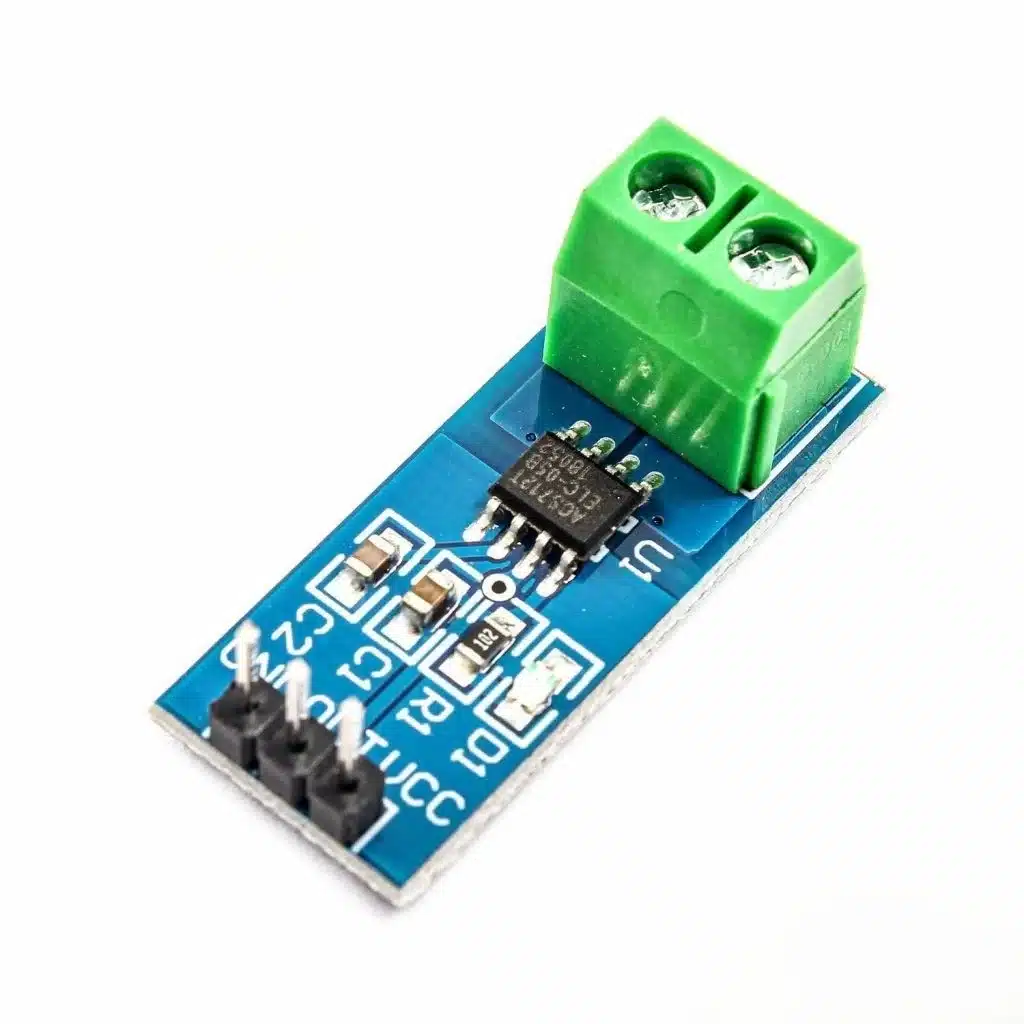

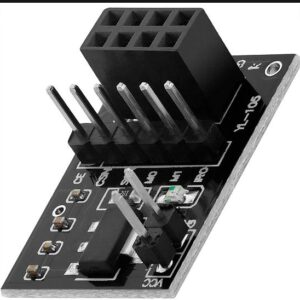
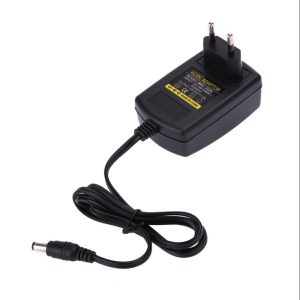
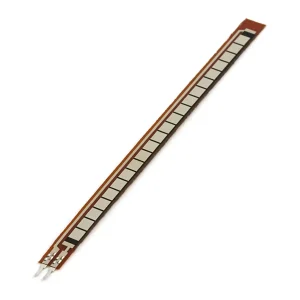
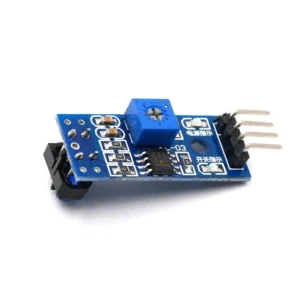
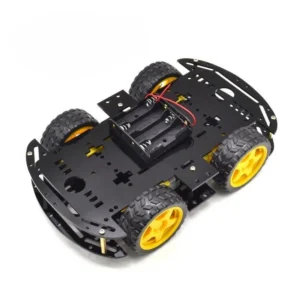
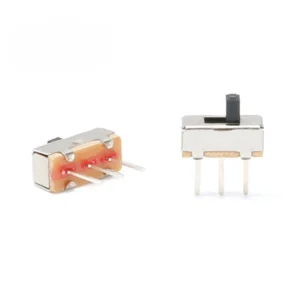
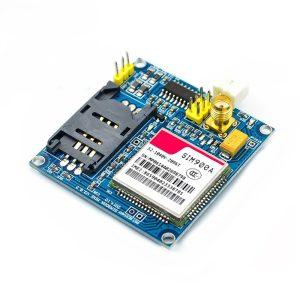
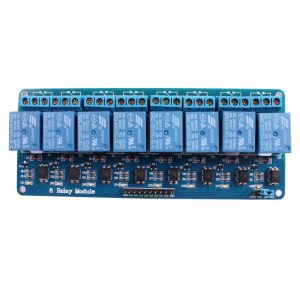
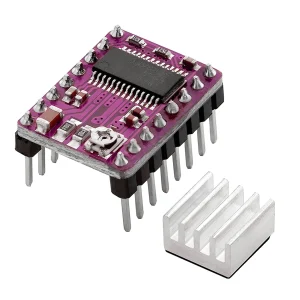
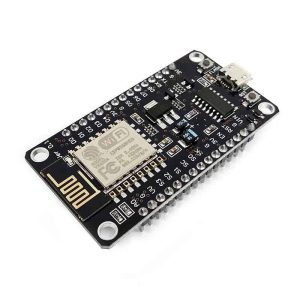

Reviews
There are no reviews yet